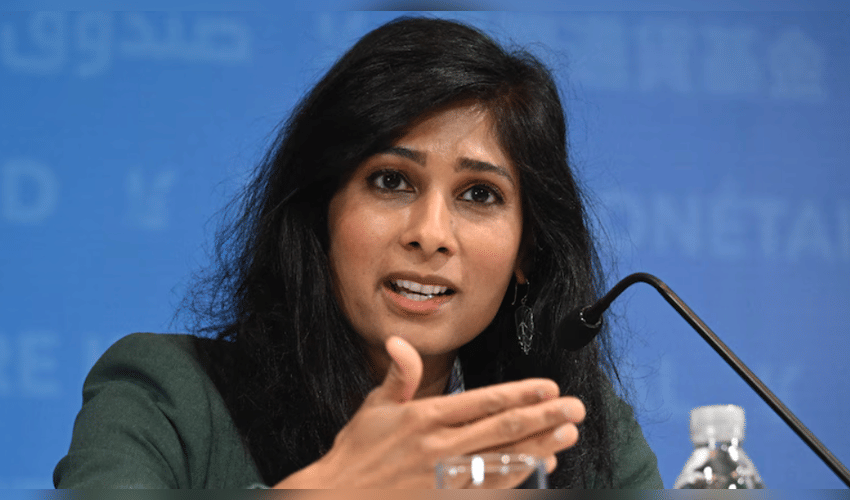Economy
Trump's Tariff Strategy: Gita Gopinath's Warning of Economic Setbacks
Published On Wed, 08 Oct 2025
Fatima Hasan
7 Views

US tariffs imposed by President Donald Trump have come under sharp criticism from Harvard Economics Professor and former IMF Chief Economist Gita Gopinath, who labeled the policy outcomes as a negative scorecard for the American economy. Six months after the introduction of steep tariffs on imports from countries like India and Brazil—including a striking 100% tariff on branded pharmaceutical products—Gopinath assessed that these measures have failed to deliver on their economic promises while placing a burden on domestic firms and consumers.
In a detailed analysis shared on X (formerly Twitter), Gopinath highlighted that while these tariffs have indeed raised government revenue significantly, this gain has come largely at the expense of US businesses and consumers, effectively acting like a tax passed down to them. The tariffs have also contributed to inflationary pressures, especially on household goods such as appliances, furniture, and coffee. However, the two major goals touted by the Trump administration—the improvement of the US trade balance and a boost to domestic manufacturing—show no signs of achievement yet.
Gopinath’s critique fits into a growing body of evidence from economists and institutions warning about the negative side effects of tariff-driven trade policies. While tariffs are often framed as a tool to protect and revive local industries, the ripple effects can cause increased input costs, higher consumer prices, and inefficiencies that ultimately dampen economic growth. For example, inflation caused by tariffs limits real consumer spending power, and tariffs on imports disrupt global supply chains, which many US manufacturers depend on.
This situation is reinforced by other economic analyses projecting a long-term contraction in GDP and wages as a result of these tariffs. One study noted that tariffs like those initiated by Trump might reduce long-run US GDP by about 6% and wages by roughly 5%, with middle-income households absorbing significant lifetime losses. Moreover, tariffs can raise government revenue, but such gains come with substantial economic drawbacks, including decreased competitiveness of American industries.
The controversy around these tariffs isnt just about numbers—it reflects deeper geopolitical and economic challenges. Critics argue that targeting countries like India with high tariffs may be driven more by political motivations than clear economic rationales, as manufacturing shortfalls and trade deficits with India are not as significant as with nations like China. This has led to debates about whether such protectionist policies are the right approach to addressing Americas economic concerns.
Disclaimer: This image is taken from Moneycontrol.



